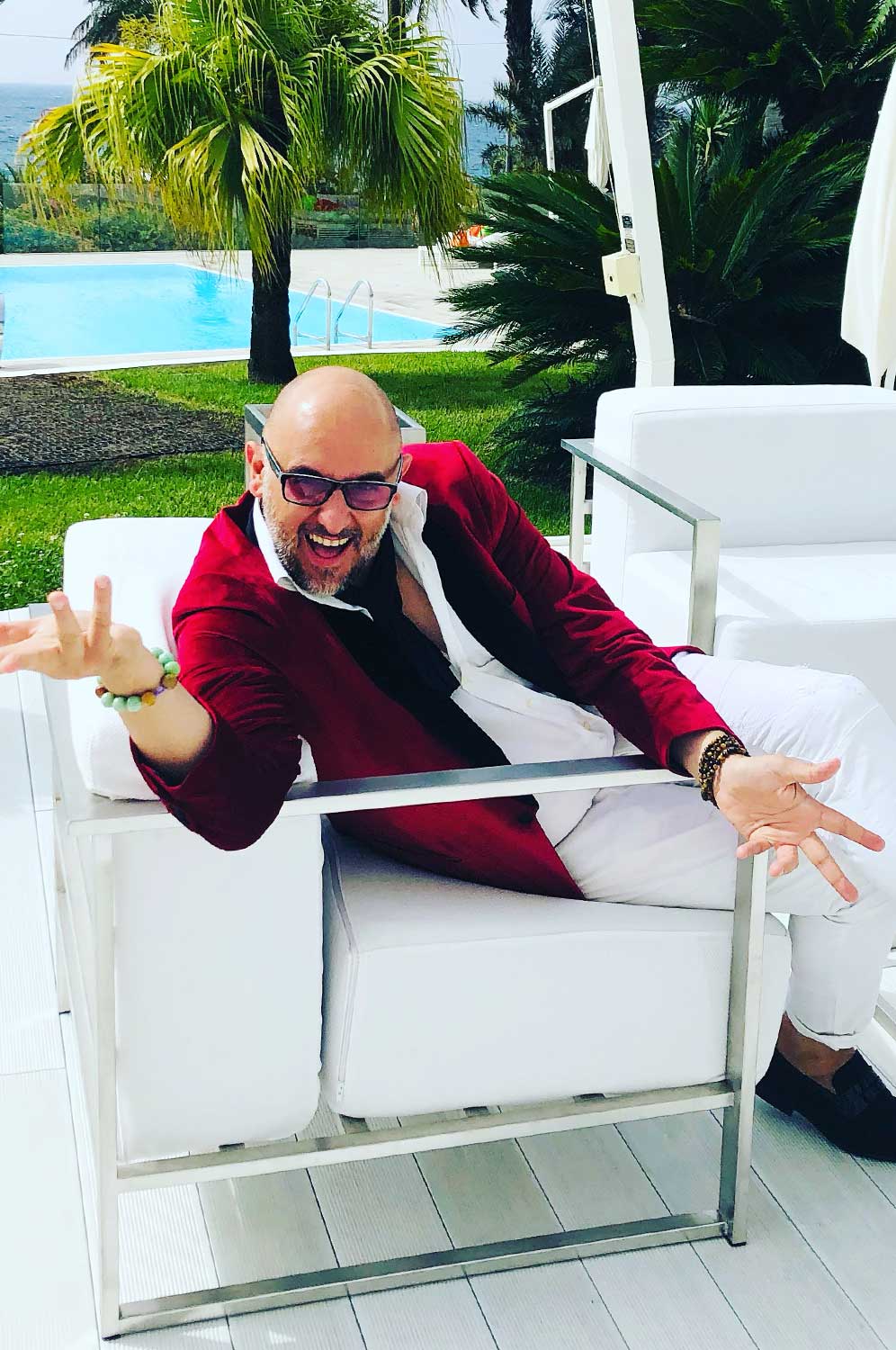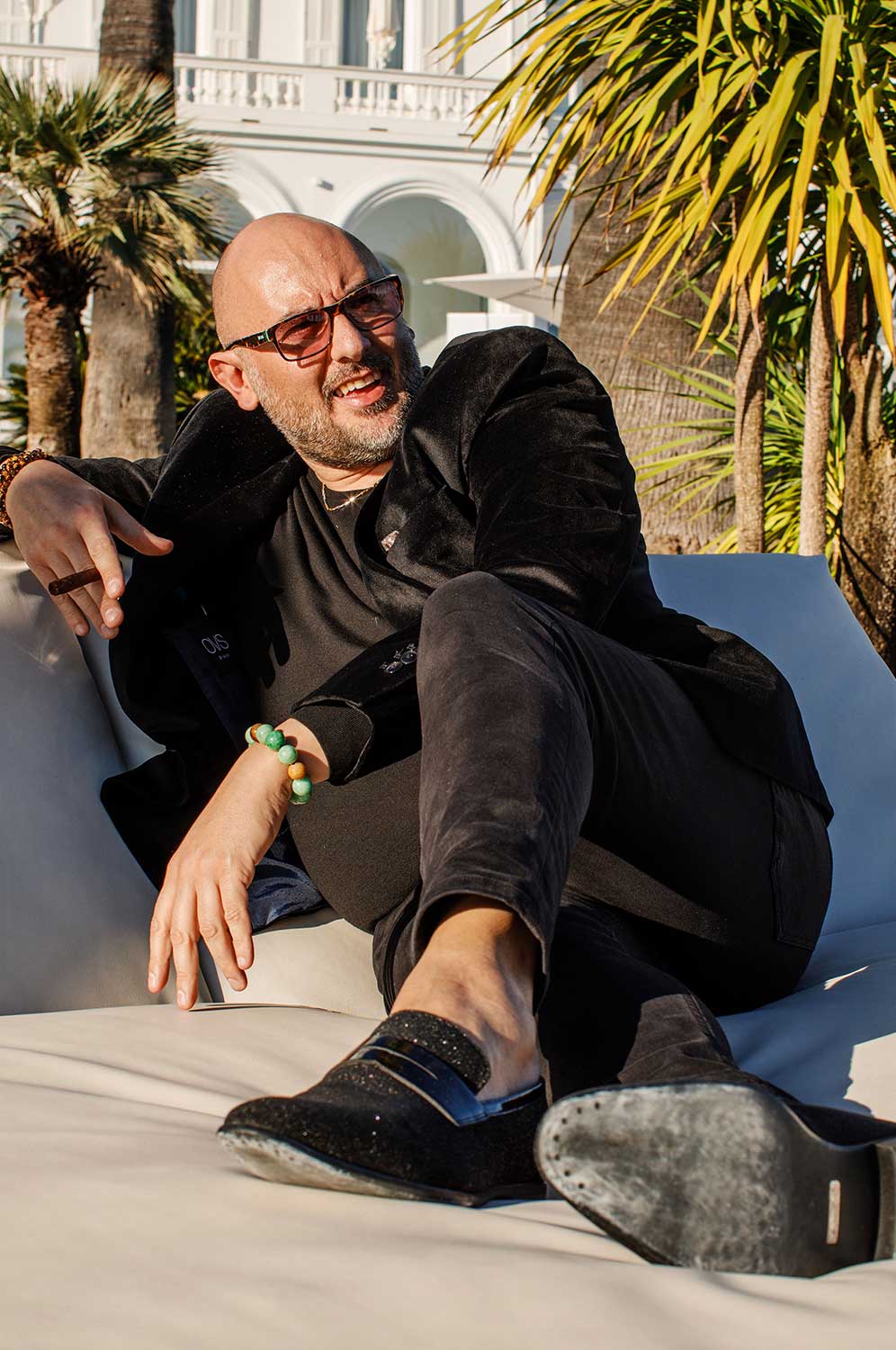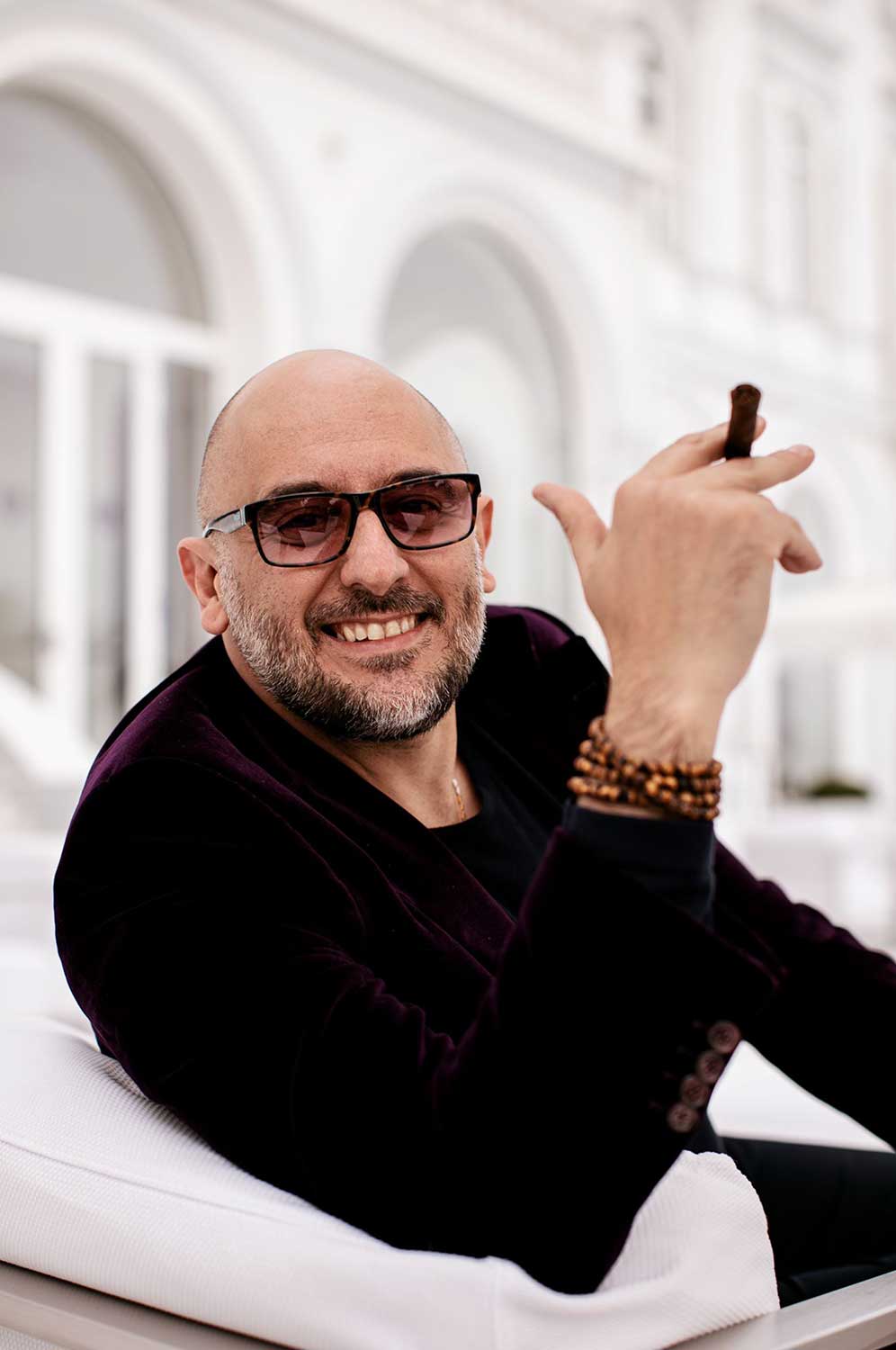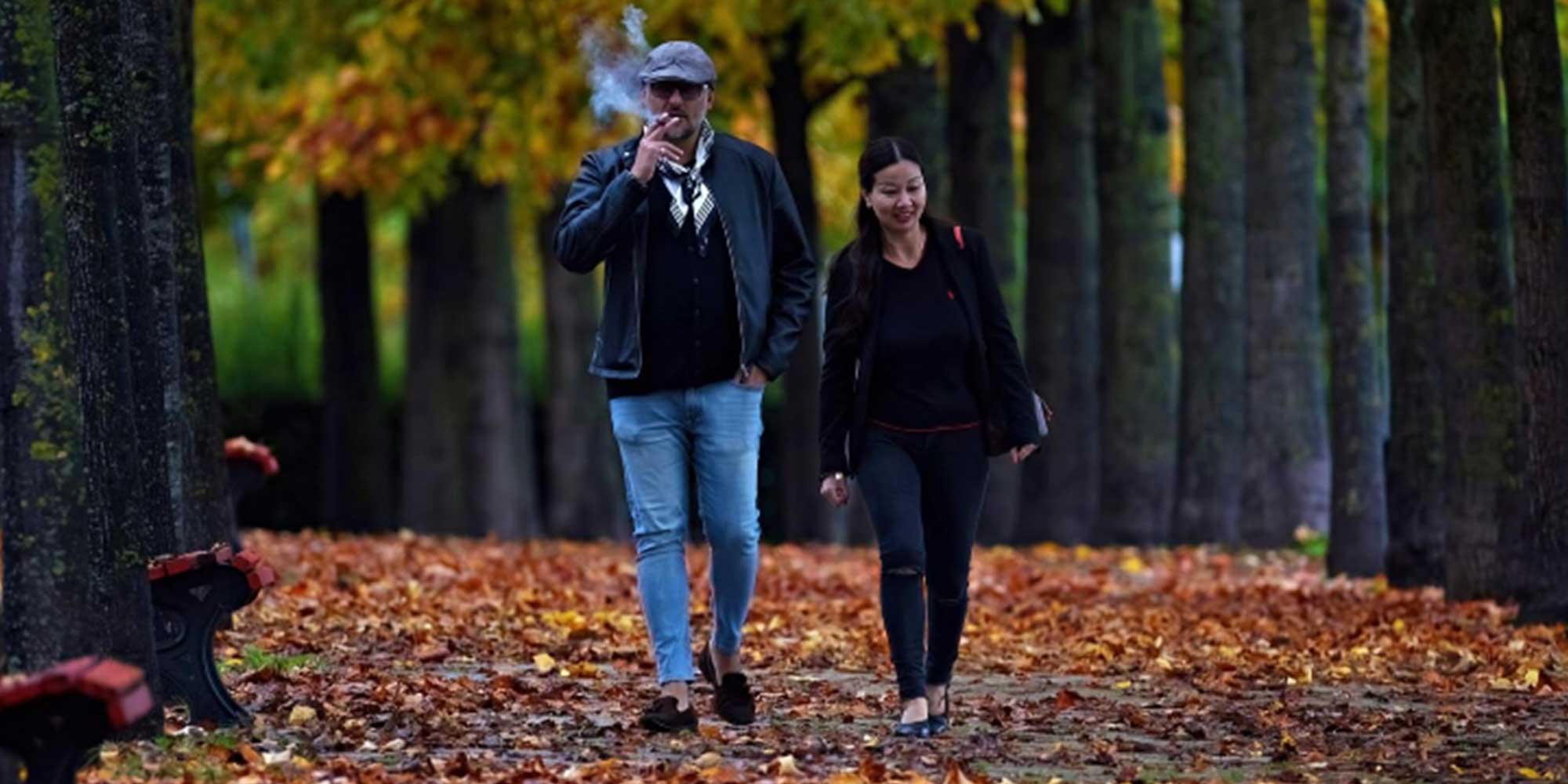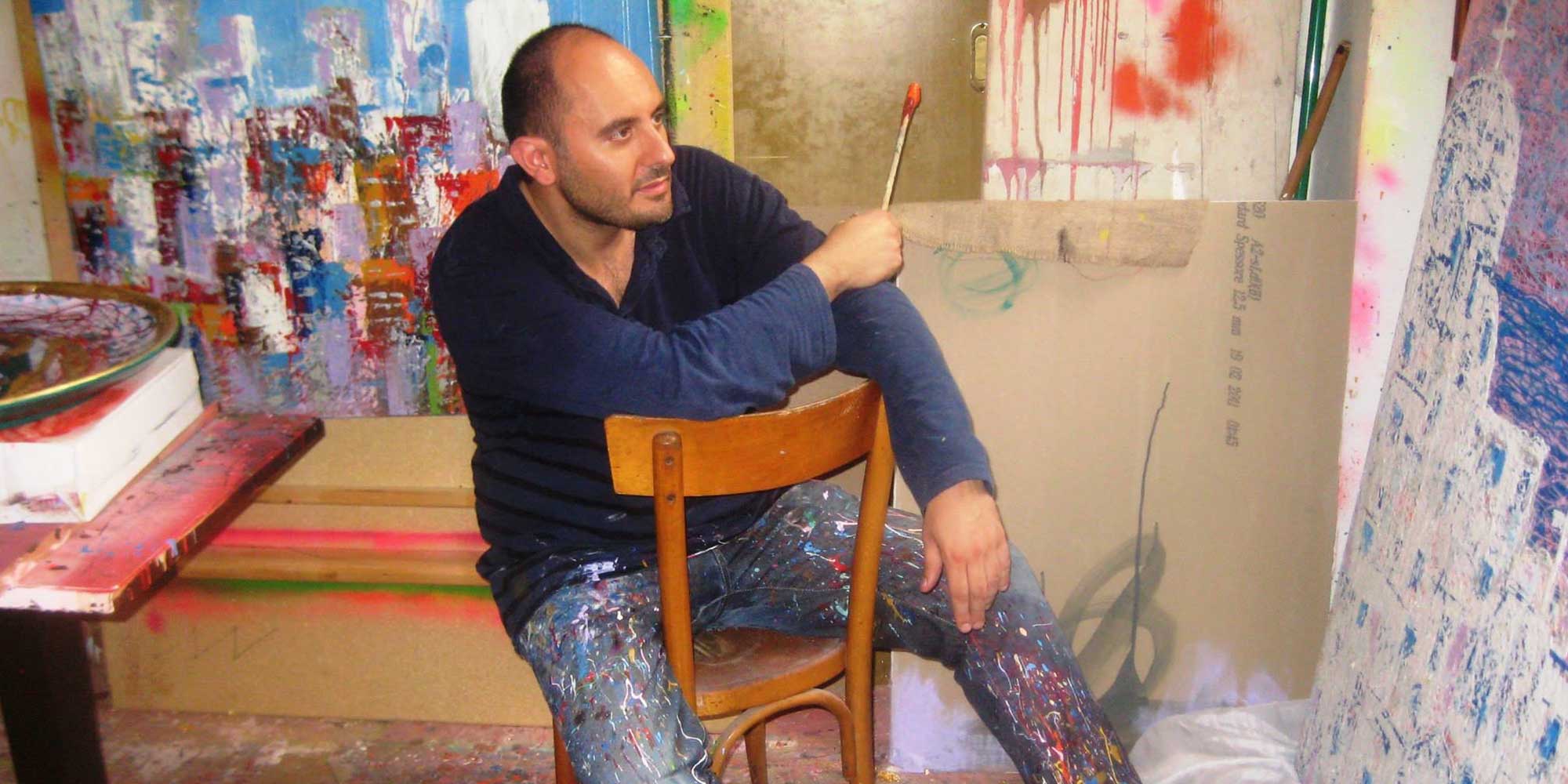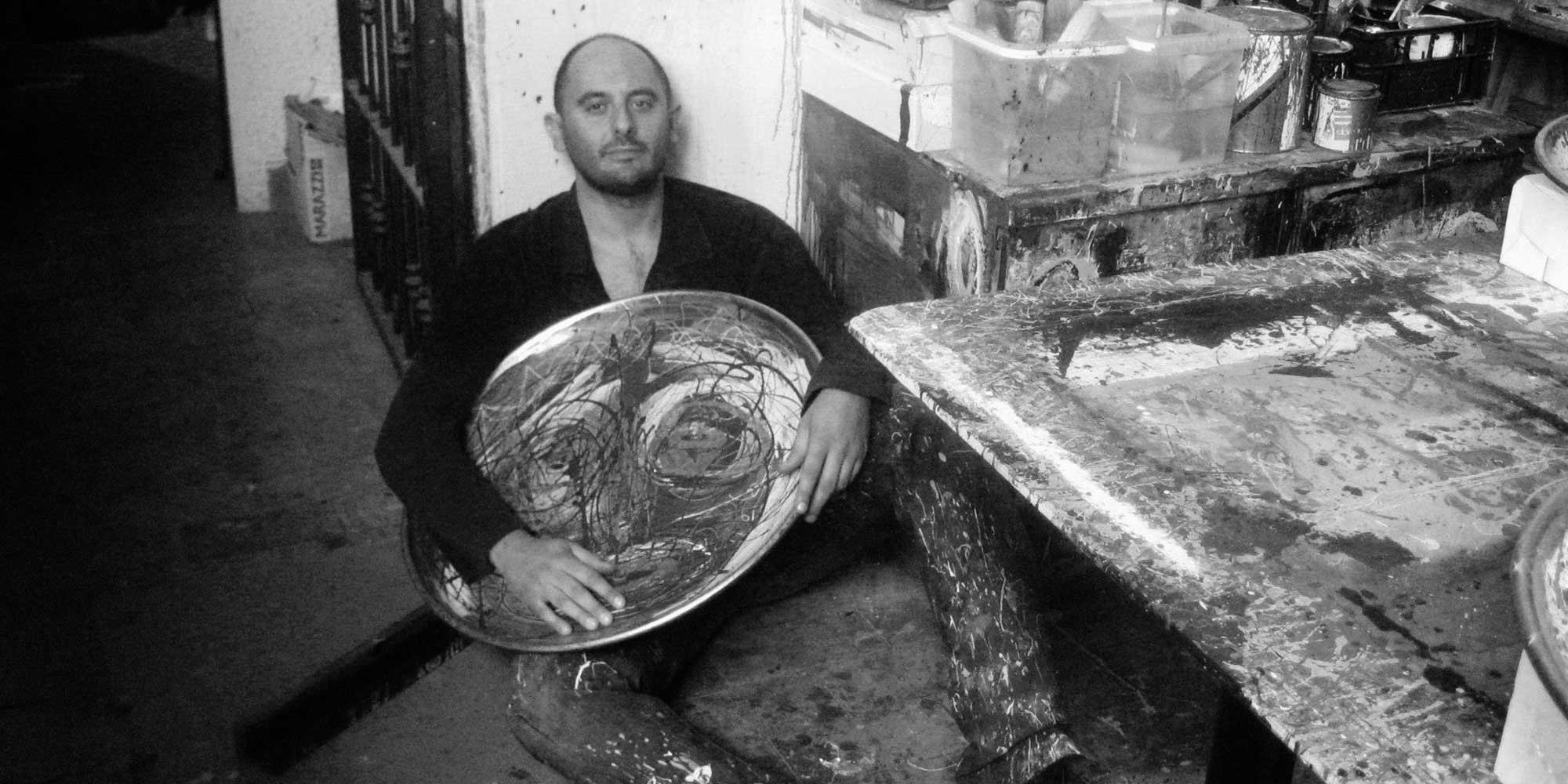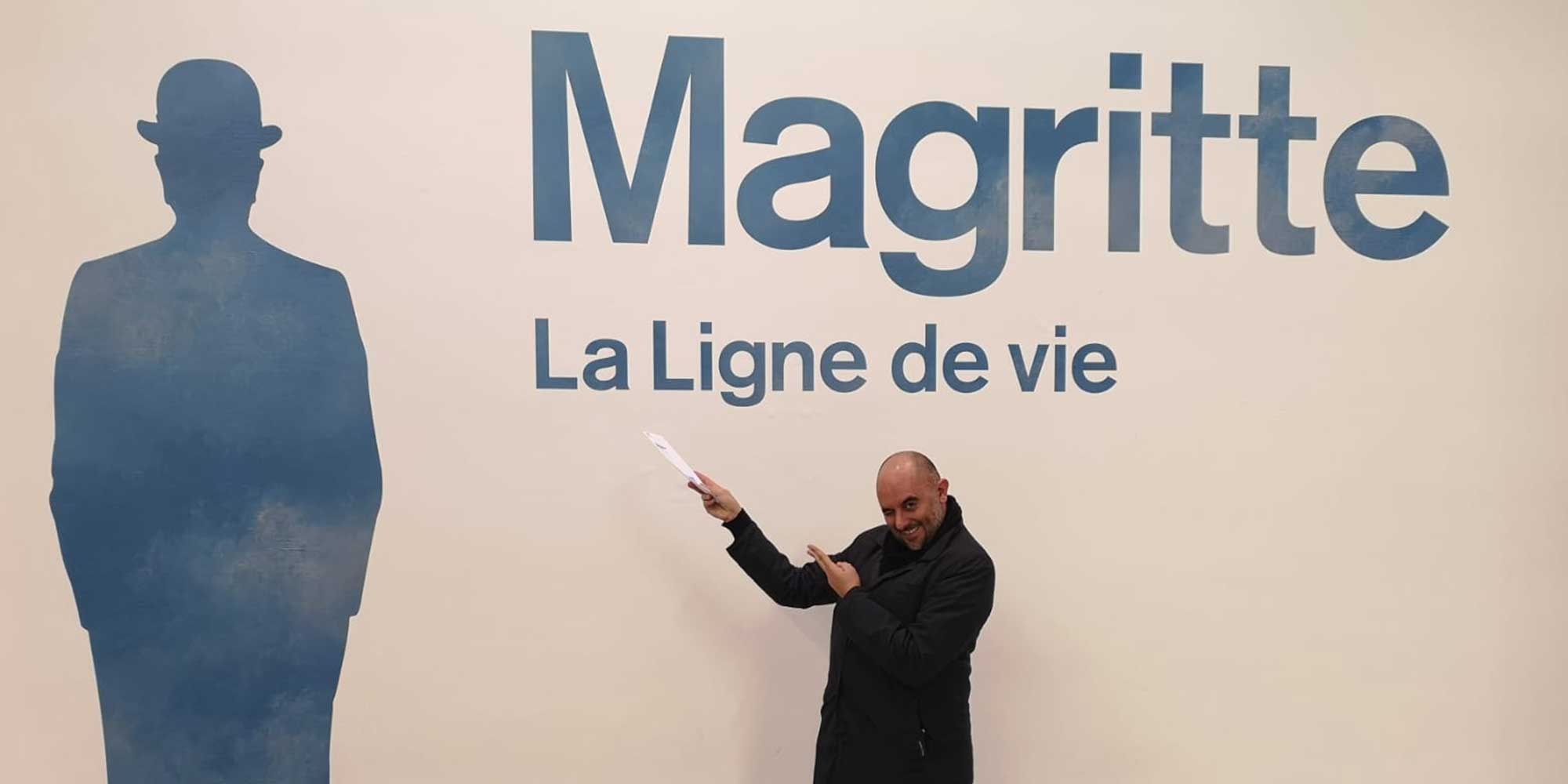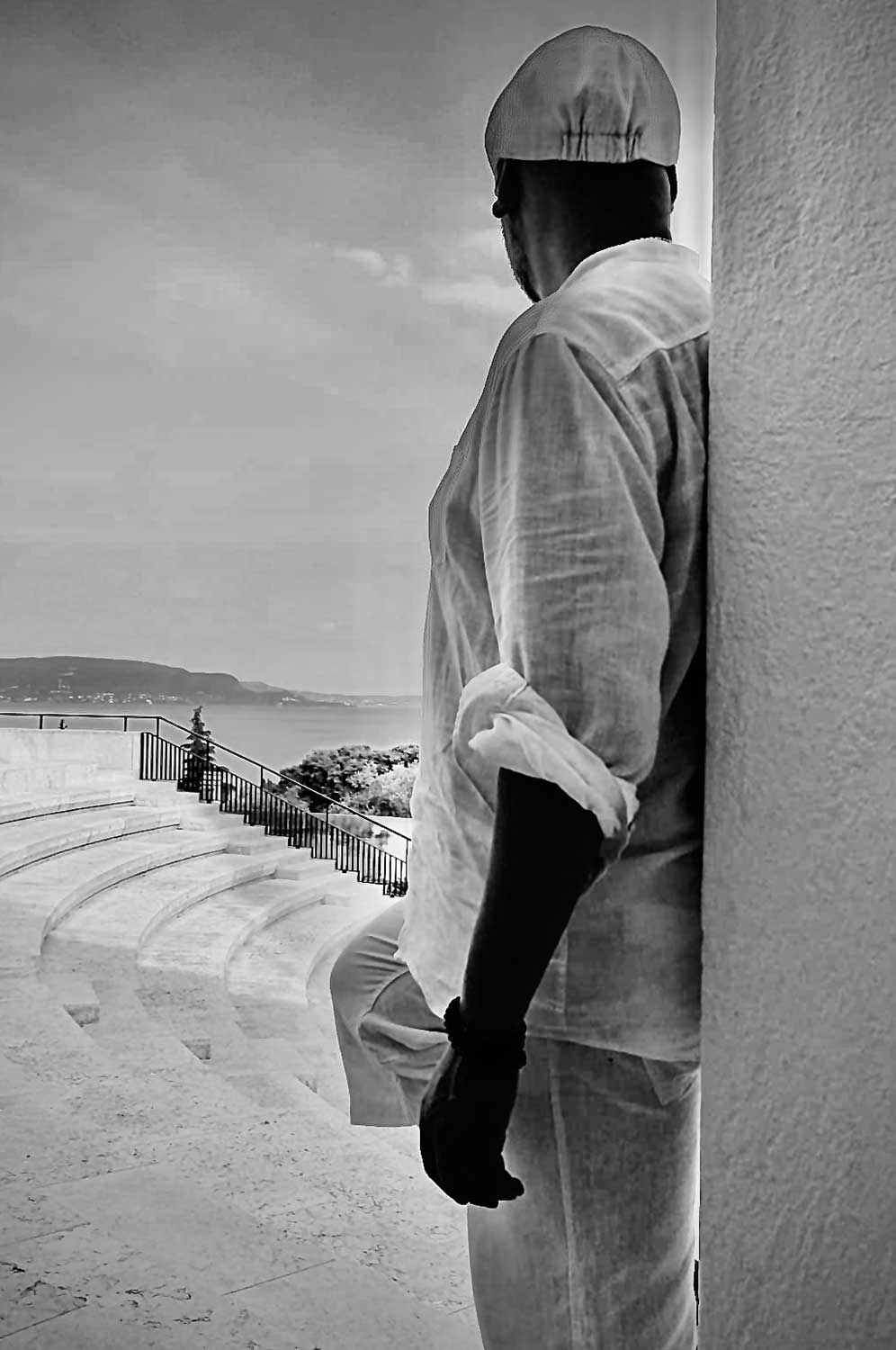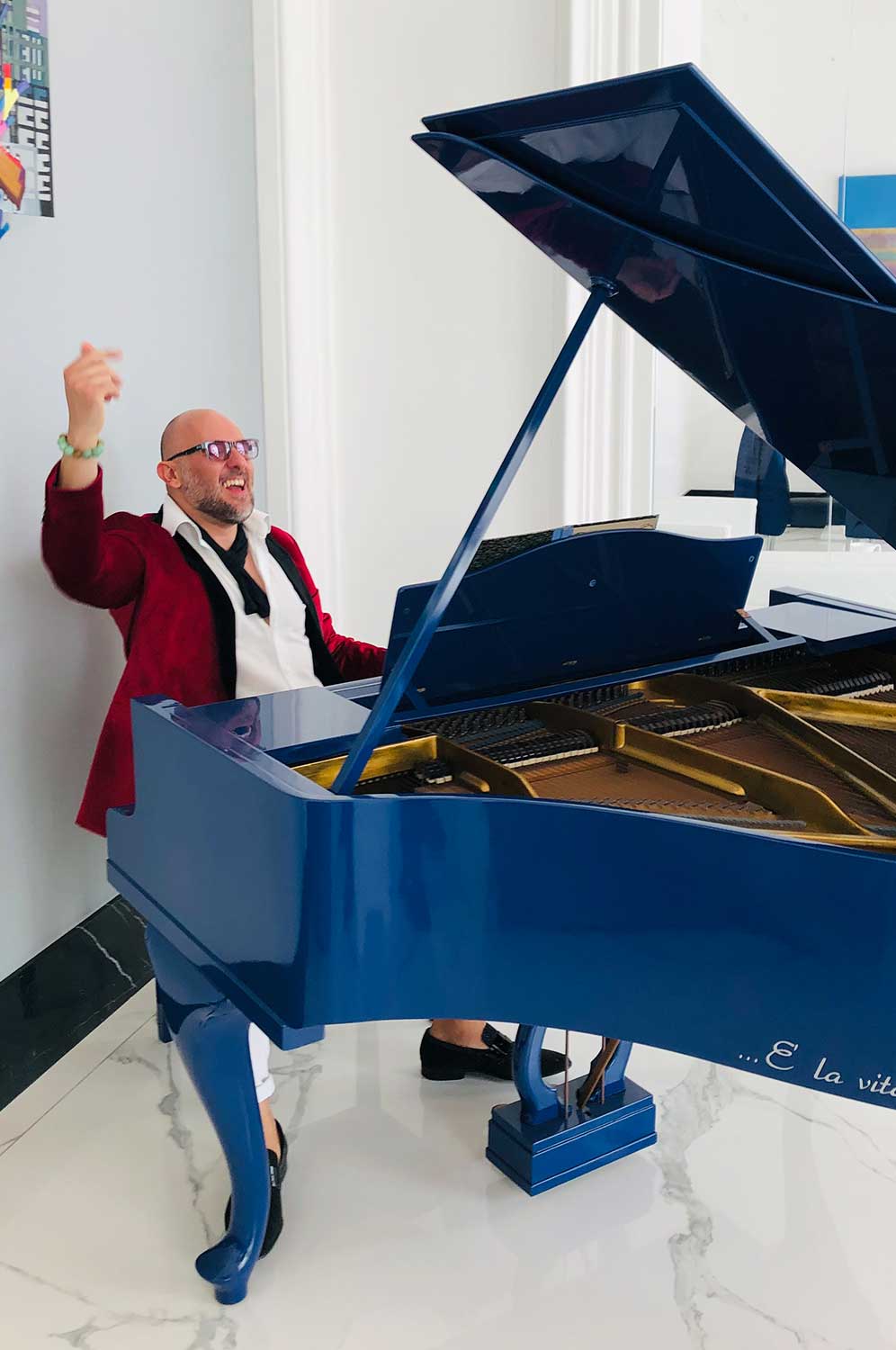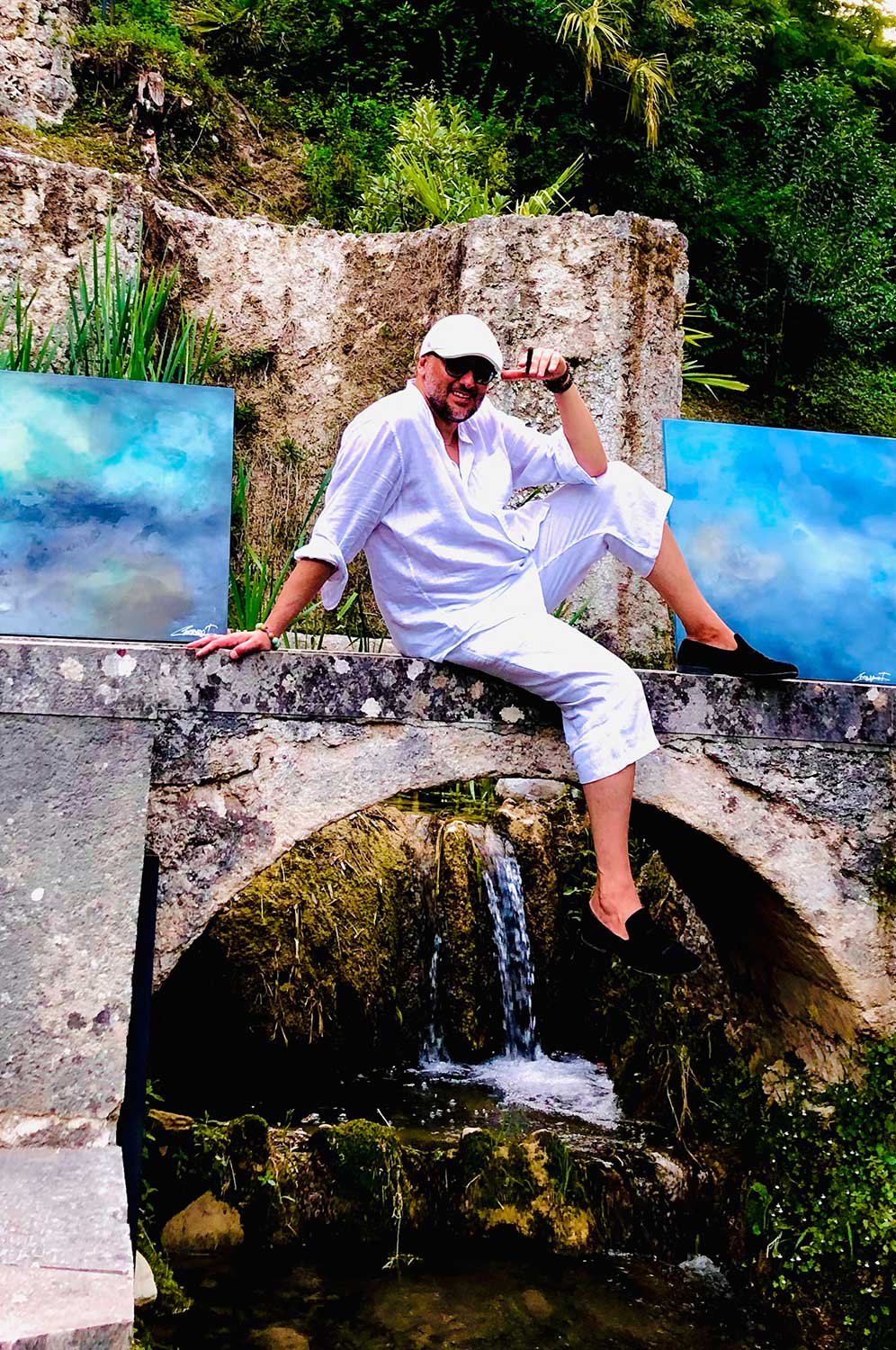Italo Corrado
Curriculum Vitae
From 1973 to 1989
Italo Corrado was born October 15, 1973 in Paderno Dugnano (MI). Since he was a child he is inclined to observe the bizarre shapes of nature and inanimate objects, spots on asphalt, puddles, cracks on the facades, rust on signs, tree roots abandoning himself to their charm and their complicit language. Finding all these things very attractive, he decides to embrace strange, irrational and complicated forms. Nature produces in him a sense of concordance between the heart and the will that induces him to realize forms and images on canvas. Italo Corrado comes from a family of teachers: his father was an elementary school teacher and his mother was an educatress at the Martinitt and Stelline Institute of Milan. Thanks to the education of his parents, he was able to deepen the various artistic-cultural disciplines with devotion and passion, plunging headlong and diligently into his studies.
The achievement of the diploma at the State Institute of Art of Monza definitively establishes the period of academicism dictated by the duty of learning. The artistic experiences of the early years at the Academy of Brera in Milan mature in a context that is more rich than ever in contradictions and psychic rebellions. The latter raise a strong desire for inner freedom in the artist, transgress classical academic dogmas and uncover the world of the unconscious with its lights and shadows, between joys and anxieties, where the ego sometimes manages to manifest itself thanks to the desire cradled by repressed dreams.
Art no longer has to find its own motivations only in visible reality, the one perceptible in the phenomena in which it manifests itself, but it can expand its investigation both to the inner reality and to the dream world. Nobility and simplicity in an immense calm. An even passionate expression, but each time laid in the symbols of his ironic and whimsical fantasy, from which the narration of his works appears subtle and bizarre. His images pulsate, snap, vibrate, are sharp, pungent and very lively; they make you smile, cry, think and above all display the lights and shadows of this world. With subtle and tender malice, Italo Corrado provokes emotions of dazzling truth and a refined balance between feeling and expressive form, both being the result of an inner search and a spontaneous absence of rhetoric.
From 1990 to 1994
With the age of majority the reminiscences of a rigid education come back, inducing Italo Corrado to undertake with pride and honor the military career in order to pursue all those values like loyalty, justice and nationalism that were transmitted to him as a child. Realizing that the rational life full of dogmas and duties do not give space to imagination and freedom, Corrado enters a vortex of strong contrasts of his own identity, overwhelmed by a psychic turbulence where unhappiness and repression give vent to a strong rebellion from which an overwhelming artistic force emerges.
From 1995 to 1999
Discharge from the Carabinieri. Thanks to the scholarship won at the Academy of Fine Arts of Brera as the best student of the year, Italo Corrado has the privilege of being signaled by the painter and set designer Rodolfo Aricò and by the professor of art history Patrizia Runfola as set designer and stage assistant for the show “1848: The Five Days of Milan” at the Nuovo Piccolo Teatro Studio in Milan. The following year Italo Corrado receives the second scholarship thanks to which he obtains the role of designer and creator of the sets for the show “One Thousand and One Nights” at the Teatro Litta in Milan.
In the autumn of 1998 Italo Corrado paints as many as 37 works that are used as illustrations for the poetic collection “Vecchio Klaiderglak, una vita non mi basta” (Old Klaiderglak, a life is not enough for me) by the artistic director and actor Francesco Pellicini, presented on Lake Maggiore.
From 2000 to 2011
With the beginning of the new millennium, Corrado’s artistic soul bears fruit. In fact, thanks to a strong predisposition for the theater, he enrolls in the acting school where the director Roberto Brivio sees in him an outstanding talent so as to invite him to collaborate in the planning and realization of his theatrical works: Dracula, The Barber of Seville, La Bohème, Abelardo and Eloisa, Pinocchio.
From here on Corrado’s lifestyle is colored by various shades. He is active on countless artistic commissions – from scenography to acting – and plays several characters. Among the various events, it is important to mention the exceptional realization of the Synchro System project by Carsten Höller currently on display at the Prada Foundation in Milan.
Theatricality is his style, humor is his winning card. These features captivate and fascinate directors and actors who, enthralled by his chameleon spirit and his extraordinary mimicry, invite him to join theatrical companies making him interpret several roles, among which the comedian in the show “Io una follia la farei” (2002) by Roberto Brivio, in the quartet “I Legionari” and the crazy psychopath in the dramatic show “Someone Flew Over the Cuckoo’s Nest” (2003) by Danilo Ghezzi. In the latter, Corrado plays the role of Frederickson, personified in the original film by Vincent Schiavelli who attends the theater as an honorary guest for the special occasion.
But the apotheosis is reached with the show “Di storia in storia la vita” dedicated to the writer Piero Chiara where Corrado, in contrast to the other shows, personifies eight different characters. This led him to receive praise also from the well-known lyricist Mogol, guest of honor and presenter of the “Chiara” award.
From the continuous alternation between acting and scenography Corrado absorbs multiple sensations and then transports them in his pictorial works through which he leads us into a world full of opposites, where the humor is sharp and penetrating while the figures are mediumistic, radiant, cheerful and painful. In essence, Corrado represents the four seasons of life, from their rising to their darkening. Depending on his mood, his paintings present an incredible variety of colors through which they invite us to plunge into an infinite world devoid of torment and anguish. All of this transports us irrationally into another dimension, there, beyond the border…
